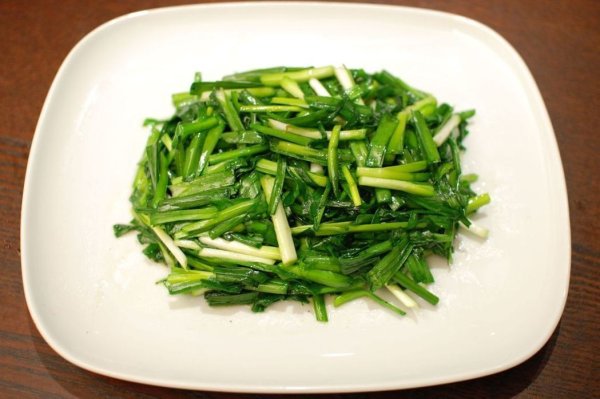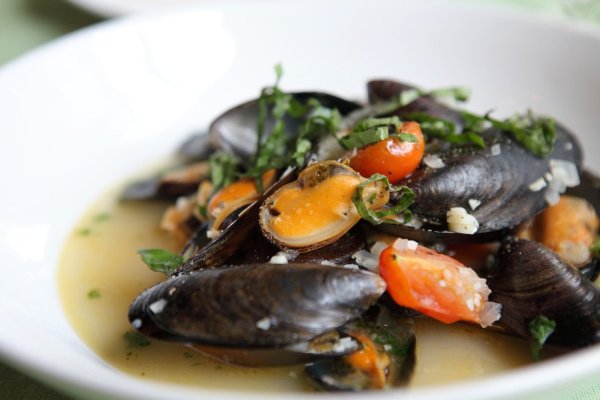Showcasing the caramel aroma and nutty flavor Yu, the chef teaches you how to make Brussels sprouts crispy on the outside and tender on the inside

Brussels sprouts have become popular again in recent years and have even set off a new trend in cooking. In the 1990s, Dutch scientists discovered the chemical components responsible for the bitter taste and successfully improved the variety, making modern Brussels sprouts both disease-resistant and high-yield, with a sweeter flavor and higher fiber. Therefore, they have become a healthy food recommended by nutritionists and chefs. Nowadays, it has transformed from a daunting "stinky dish" to a table favorite. It is crispy on the outside and tender on the inside. It has a rich aroma and is almost a must-have side dish in restaurants.
The Eating Well website reported that John Martinez, chef of Tito &&; Pep in Tucson, Arizona, pointed out that frying can bring out the natural sugar and nutty aroma of Brussels sprouts, making the taste richer and richer. Sean Park, the chef of Okiboru, a Georgian and New York restaurant, said that the contrast between crispy outer layer and plump heart is the charm of Brussels sprouts, and deep-frying will create gaps to facilitate the absorption of sauce.
GeorgiaThe Ashford chef Jason Hall believes that the caramel aroma and slightly bitter flavor are best paired with sweet and sour seasonings. Another chef, Patric Good, prefers "quick frying" instead of deep frying, which can also produce crispy and fragrant layers; Atlanta's Win—Taste of Bali chef Handoko Lee reminds that salt water can be used to cleanse impurities before cooking; North Carolina's Kimpton Cardinal Hotel chef Daniel Boling emphasizes the use of fresh oil, otherwise it will absorb odor.
Many chefs recommend choosing vegetable balls the size of table tennis balls, removing the dry leaves and roots and cutting them in half or quarters to ensure even heating. Seasoning after frying is key. "Dry seasonings will burn in the oil," Park said. He likes to balance the bitterness with honey, fruit, bacon or citrus, while Paulin prefers adding bacon and maple syrup or honey to enhance the flavor. Hall often tosses fried Brussels sprouts in honey and chili sauce, and adds caramelized onions and minced ginger; Martinez elevates them with dried fruits, sherry vinegar and nuts, or adds salami and paprika, then sprinkles toasted bread crumbs with olive oil. Good added that if the sauce needs to be heated, it should be cooked separately and then mixed to avoid burning and becoming bitter.
Although deep-frying is the most popular, some chefs also recommend high-temperature baking or air-frying to control the amount of fat and retain the caramel aroma. Pauline admitted that he doesn't like deep-frying and believes that roasting allows for more flexibility in seasoning. Martinez added that it can be roasted with chicken or pork to absorb the juices and add flavor. As for the boiling method, six chefs unanimously opposed it, saying it would release "stinky odor" and loosen the texture. Pauline laughs that the boiled Brussels sprouts he ate as a child "almost cast a shadow." Experts conclude that if you want to make restaurant-quality Brussels sprouts, they should be freshly fried and then mixed with a sauce that balances sweet, salty, and sour to bring out the caramel aroma and nutty flavor of this vegetable.




